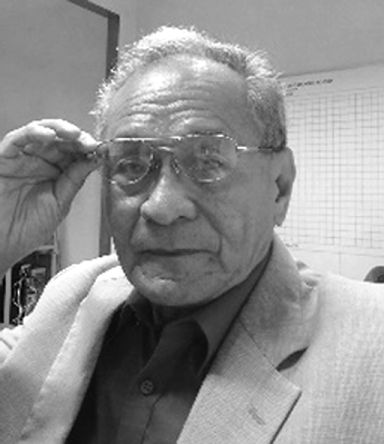
Federalism is a system of government in which power is divided between a central authority and a constituent political unit. In this case, the federal or national government is the central authority while the constituent political unit refers to the states as found in most of the countries in the world today like the US and Australia that have a federalized system of government. Within the states are its various smaller LGUs like that of the counties, townships, cities, borough, and village in the US that also have their own share of power.
In the much talked about proposal of the PDP, eighteen separate states will be created in the country. There are eight in Luzon basing on its existing regions, including the NCR. The Visayas will have four states to match with the existing three Visayan regions and Negros Island. In Mindanao, there will be another six states, again to match the existing regions, with Bangsamoro now replacing the ARMM. All existing LGUs from the province down to the barangay level will continue to exist.
What is the logic of federalization? One writer says that a look into the history of federation would show that federation or federalization emerge and are formed through both centrifugal and centripetal forces. Accordingly, this can be termed as “coming together” or “building” federation and “holding together” or “dis-building” federation. Supposedly, under this scheme, the nature of federalism is not so much about centralization vs. decentralization but as a question of balance of power between that of the national or federal government and that of the constituent political unit. Over time, this balance may move in favor of one or the other, depending on the situation or needs of the time. The case of the US model was cited which started as much decentralized but has moved furthest towards centralization. The opposite case cited was Canada which started with a very centralized federation but has considerably decentralized over time.
As proposed by PDP, the party’s idea of federalization is more decentralization. If it were the case, could not it be done under our existing unitary system of government? When Magellan came in 1521, the Philippines had no central government to control, supervise, or coordinate the activities of the LGUs which at that time were the barangays that were headed by probably the oldest or the most respected and capable personality in the community. With the local chief reporting to no one above, our sett-up was extremely decentralized then. Individually weak, however, they were easy to be subdued or swayed by Legaspi who came 44 years after Magellan’s arrival to give their allegiance to the king in Spain. The Spaniards later on organized a network of provinces, towns, and cities and placed them under the direct control and supervision of the central Spanish authorities in Manila. The system was continued by the Americans. The same set-up remains up to now except for the introduction of regions but only for planning and administration purposes and not as a separate local government unit.
In the course of time, some powers were added or given to the LGUs. The last of these were prescribed under the 1991 local government code. The code not only authorizes the LGUs to perform more functions hitherto done only by the national government, it also allowed them to get a substantial 40 percent of the of national internal revenue and generate more resources through local taxation and other local sources of revenue, including borrowing or issuing bonds to finance their development projects. Added to these are the national government expenditures for the various national programs and projects in each of the LGUs. Despite these, the regions, under which the LGUs are part, performed poorly against the center.
In a forum presentation in which I was invited to give my reaction last Monday, the great disparity in development in favor of the NCR and its two adjacent regions was highlighted. It then cited this as one big reason to federalize. The belief is that with federalization the different regions of the country that will be created into the new states and all the LGUs therein will now have more resources under their direct control to be used for their development. In my reaction, I expressed my doubt of such an eventuality. This is because other than the system of government, there is more to be said about how a country develops and how development is distributed to its various parts. The reasons could include historical antecedents, cultural idiosyncrasies, and other factors, including our political maturity which direct our thoughts and actions.
This is not to mention the wide existence of political dynasties which put many LGUs in the hands of powerful families who are seen to serve more their own interest rather than the public good.
Indeed, the PDP has a promise to end political dynasties by putting in the proposed new constitution an anti-dynasty provision that will become operative automatically once the new constitution is passed. Such a promise is very sweet except that many of us voters have been victims of many false promises in the past and most recently. With the senate and the lower house under its control, why can’t the PDP just pass an anti-dynasty law now?